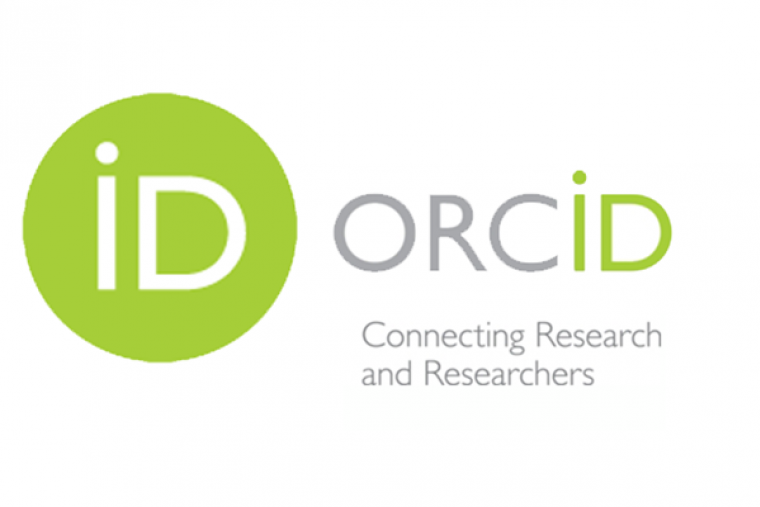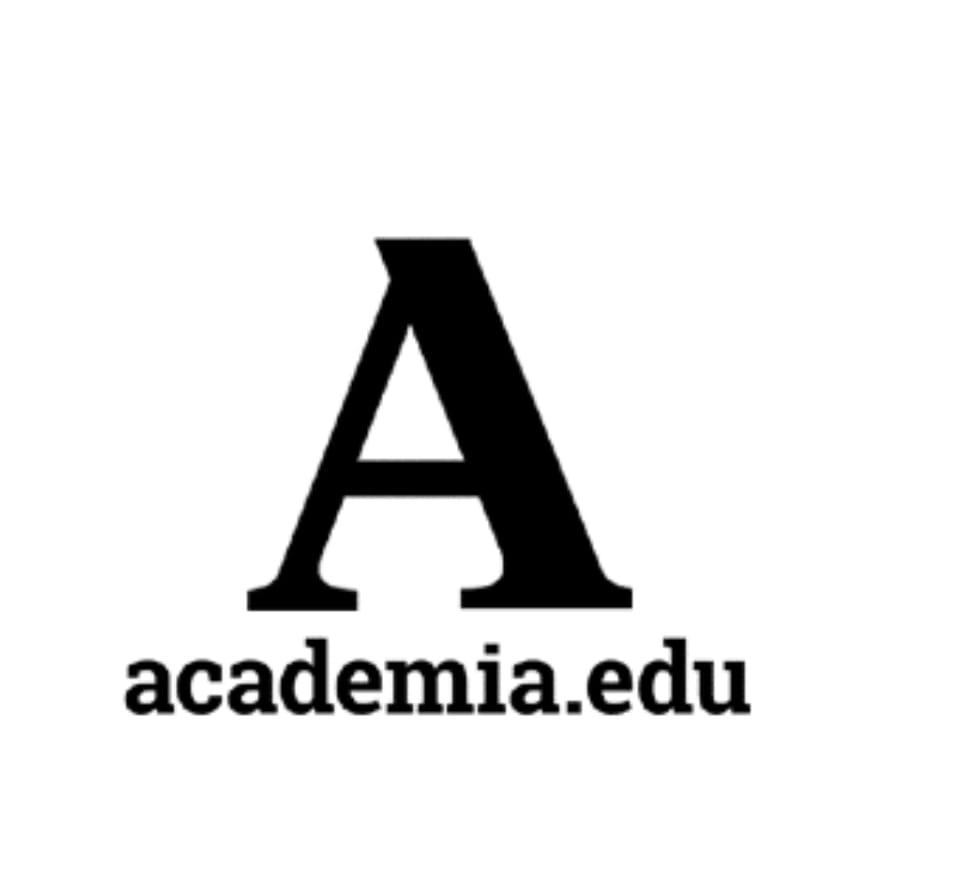[12] MARRIAGE, MORALITY AND THE SELF: A THEMATIC STUDY OF HENRY JAMES’S NOVELS
ARTICLE INFO: Date of Submission: April 18, 2025, Revised: May 05, 2025, Accepted: May 14, 2025, https://doi.org/10.56815/ijmrr.v4i2.2025.156-165
Abstract
Henry James's The Golden Bowl (1904) and The Portrait of a Lady (1881) provide a deep dive into human connections and moral conundrums via their complex webs of marital, ethical, and self-related issues. Isabel Archer's tragic marriage to Gilbert Osmond in The Portrait of a Lady is a test bed for themes of independence, deceit, and the conflict between individual values and social norms; the play ends with Archer's moral determination to honor her vows despite Osmond's treachery. On the other side, The Golden Bowl depicts Maggie Verver's deft handling of her marriage to Prince Amerigo in the face of his adultery, shedding insight into the complicated dynamics of power, moral uncertainty, and self-transformation within such relationships. Both books highlight the tension between personal freedom and societal norms within marriage and how morality is ultimately a relational construction impacted by actions and their outcomes. The self, as shown by Maggie's pragmatic empowerment and Isabel's tragic perseverance, echoes James's psychological realism and his complex analysis of how one defines oneself. Through this theme analysis, the complex literary vision of James is revealed, including his ever-changing views on the relationship between individual liberty, moral obligation, and societal norms.
Keywords:
The Portrait of a Lady, The Golden Bowl, Marriage, Morality, Autonomy, Agency, Deception, Power dynamics, Social expectationsDownloads
License
Copyright (c) 2025 @ Author

This work is licensed under a Creative Commons Attribution-NonCommercial 4.0 International License.





























